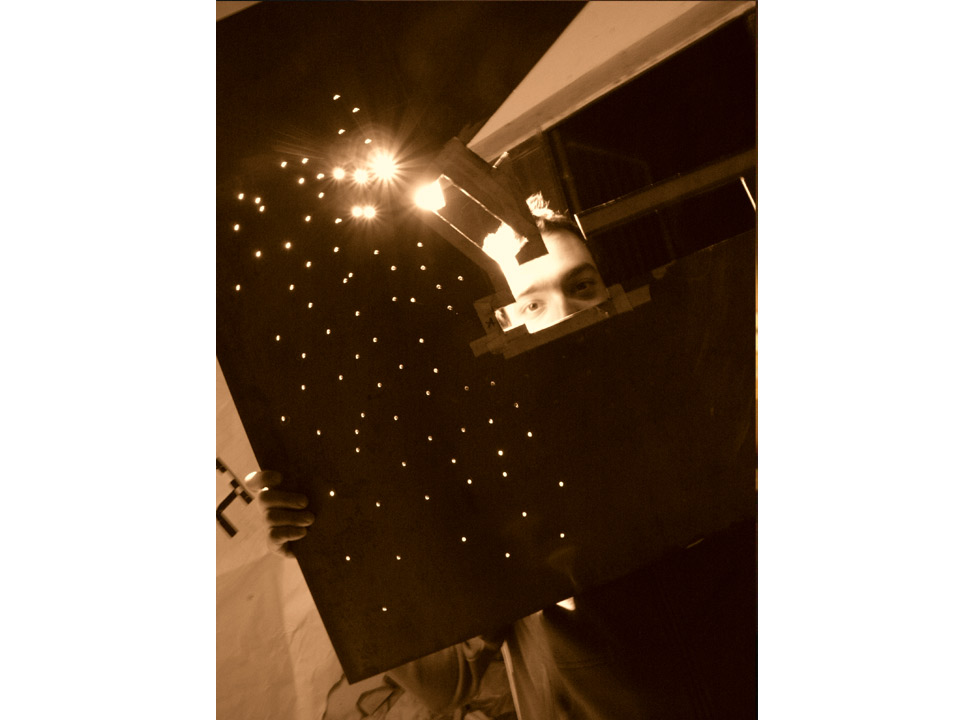
Human Substances Decision Strength
TARGET: The creation of a space through concepts, symbolisms, human reactions and behaviors. A place designed in order not to host functions, but specific people, their problem and the need for a resolution.
This building was created from a personal experimentation with the human psyche and its expression, its symbolism and its projection through movement, pauses, and sensations. The people existed in the land before the building; they lived in the plans before the lines and that helped me to get to know my target.
Characteristic points in the design of the building are the location, the route, the pause with the resume (intersection) and mainly a study upon history, the body and the psyche of the addicted person and of course, the efficiency of these types of communities, up until nowadays. Based on the fact that the appropriate treatment method is yet to be found, the one with the biggest rehabilitation success rate, and in the fact that each human being has its own strength limits, patience, and will, I chose to design a different therapeutic community, which would be based upon these aforementioned parameters, as well as with the strict medically-centered and psychosocial requirements. All of these are accompanied with the constantly repeated questions:
Is there a fully independent person? Is it simply an illness and its cure? What stimulates the conception of an addicted to illegal drugs person? Where are the architect, and the user inserted into these special and vulnerable places? Is the architect allowed to keep a distance from the psyche of a user, or is this a big mistake, which would simply turn him into an observer of his creation, resulting to a sterilized architecture? Is the society able to be therapeutic, as long as itself is not cured from the prohibitions and the marginalization of its members?
The particular therapeutic community encompasses both of the basic methods of therapy, the medically oriented (wet) and psychosocial (dry), but variant enough in order for the best result to be achieved.
In the first, gravity is given upon the medication and the addicted is being treated as a patient who needs to follow the medical treatment for a big amount of time, or the rest of his life, if considered necessary.
The aim is the stabilization and the improvement of the person’s life through preservation. Contrary to the common practice of this therapeutic method, I decided to provide artistic, spiritual and athletic events, and types of events which would help the reentering of the person to the society in general – but what kind of society? -.
The second method gives particular gravity upon the psychological and social factors, considering addiction as a symptom of a psychological or a social dysfunction as well.
The second method gives particular gravity upon the psychological and social factors, considering addiction as a symptom of a psychological or a social dysfunction as well. Residence in a similar place lasts 6 to 12 months and a phase of social reentering follows, for a similar amount of time. This requires particular premises hosting the various activities, which are: group debates, morning meetings, procedures of developing social skills, educational lessons, seminars, research needed for the function of the community, and other programs.
Those two sections should be strictly cut off each other because two different worlds are created. A system of reception was made, quite symbolically as regards the way in which someone approaches the building and in the same time as regards the location of the building inside the city, leading the user to a condition of analysis and restarting of his life stance towards the respective direction (entrance. Intersection).
Dry:
A complexity of routes through sceneries pauses and restarts. A strong expression of the private and the team element, while a strong invasion of the environment is included in the building, creating a strong ascent.
Wet:
Unbiased movement in space and a direct approach from the city because of the user’s interactive role. He is more of a permanent visitor than a permanent citizen.
City:
Functionality due to distance, and due to the optic closeness of the building, to the city. A symbolism, due to the position of the city towards the rehabilitation center, and the position of the rehabilitation center towards the city.
The visual contact and the reminder of their parallel existence in the same place is something I wanted to focus on.























supervisors:
DUTH professors
Panayiotis Kokkoris
Giorgos Papagianopoulos
Panos Exarhopoulos
